David Murphy: The next Chan Ho Park and Chad Durbin? Phillies think Joe Ross can be that and maybe more.
Published in Baseball
CLEARWATER, Fla. — Joe Ross is attempting to join a list of Phillies pitchers that is neither long nor distinguished. But it is a list, and it does include a couple of relievers who played important roles for their respective teams.
Ross’ raw stuff says that Phillies fans might be underestimating him when they grumble about Dave Dombrowski’s lackluster offseason.
It also says that we might be capping his ceiling a little too low when we mention Chad Durbin and Chan Ho Park as those who came before him. Or, maybe we are just forgetting the value Durbin and Park provided after converting to the bullpen full-time in 2008 and 2009, respectively.
It comes down to that aforementioned magic variable: stuff. It is the potion that puts in motion moves like the one the Phillies made when they signed Ross to a one-year, $4 million deal this offseason. Rob Thomson raved about it on Sunday afternoon a few hours after watching Ross throw a bullpen session outside BayCare Ballpark. The Phillies clearly did not sign the 31-year-old right-hander with the thought that he was your typical long-relief, spot starter type of front-of-the-bullpen arm.
“I think the stuff plays in the back,” Thomson said. “The best part about Joe is that he can do a lot of different things. He can give you multiple innings. He can start if you need him to — because we’re going to build him up in the spring. But the stuff plays as a leverage guy.”
Thomson was plenty familiar with Ross before Sunday. A former top-100 starting pitching prospect whom the Padres traded to the Nationals alongside Trea Turner in 2014, Ross spent six seasons in Washington, where he became a World Series champ. His tenure with the Nationals was mostly unfulfilled promise, that 2019 title ring notwithstanding. His production as a starter never caught up to the promise of his stuff.
Ross began his career with a 3.52 ERA in 1812/3 innings over two seasons, with rate stats befitting a very good mid-rotation pitcher: 8.0 strikeouts-per-nine, 2.5 walks-per-nine, 0.8 home runs-per-nine. Then, he struggled. He posted a 5.21 ERA in 153 2/3 innings from 2017-19 before opting out of the 2020 pandemic season. In 2022, he suffered a torn ulnar collateral ligament in his elbow for the second time in his career.
The genesis of the Phillies’ decision to sign Ross was a Sept. 18 game in Milwaukee. Ross began 2024 in the Brewers rotation, where he posted a 4.98 ERA in 10 starts. The underlying numbers were kinder — a 4.10 FIP, for instance — but Milwaukee was contending and manager Pat Murphy saw a role for Ross in the bullpen. That’s where the Phillies saw him, tied at 1 in the sixth inning of a game that meant plenty to both teams. Ross allowed a leadoff single to Turner, walked Bryce Harper, then struck out Nick Castellanos and got Alec Bohm to fly out to deep right-center. All in all, it was a relatively benign performance: 24 pitches, 17 strikes, the first two outs of a scoreless sixth inning of a game that Brewers would win, 2-1.
But Thomson and his hitters saw something more. The fastball was a little crispier. The slider was a little sharper. Here was a guy whose stuff played up as a reliever.
“Guys were saying his stuff was really good,” Thomson said. “He’s coming in hot. It’s tough to see his breaking ball. So, it played up.”
The numbers offer some hints. After converting to the bullpen, Ross’ fastball averaged 95.1 mph, up from 94.5 in his 10 starts. He allowed just two home runs in 27 relief innings. He struck out 27 and walked five. Remember, this was after two months as a reliever. Baked into the $4 million the Phillies are paying Ross is the potential that stuff plays up even further this season.
That’s what the Phillies saw out of Durbin and Park once upon a time.
Back in 2008, few people would have pegged Durbin as being a difference-maker on a World Series team. At 30 years old, he was coming off his first full season since Tommy John surgery. He’d finished 2007 with a 4.72 ERA and even less impressive peripheral numbers: 4.7 strikeouts-per-nine, 3.5 walks-per-nine, and 1.5 home runs-per-nine.
Pat Gillick thought Durbin’s stuff would play up out of the bullpen. He was right. The Phillies signed him to a one-year, $900,000 deal the same offseason they traded for Brad Lidge. The return on investment was massive. Durbin pitched 87 2/3 innings over 71 appearances, logging a 2.87 ERA and a ridiculous 152 ERA+. That postseason, he recorded 11 outs in six games with one earned run allowed en route to the title.
Park is something of a forgotten figure in the lore of his era. But he was even more electric than Durbin. After beginning the 2009 season in the rotation, he shifted to the bullpen and proceeded to log one of the more unheralded relief seasons in Phillies history: 49 innings, 52 strikeouts, no home runs, a 2.57 ERA with 13 holds and two wins against two losses and one blown save. Park pitched 6 2/3 postseason innings, allowing three runs as the Phillies advanced to their second straight World Series. All told, he pitched 55 2/3 innings of relief without allowing a home run. That’s hard to do.
The Phillies seem to think that Ross has similar potential. They are stretching him out as a starter this spring, but his ideal role would seem to be something of an in-game stopper. For Thomson, there is tremendous value in having a high-leverage arm that he can deploy for three-plus outs in order to get the game to the back end of the bullpen. It shouldn’t surprise anybody if Ross ends up being one of the better values of the offseason.
©2025 The Philadelphia Inquirer, LLC. Visit at inquirer.com. Distributed by Tribune Content Agency, LLC.
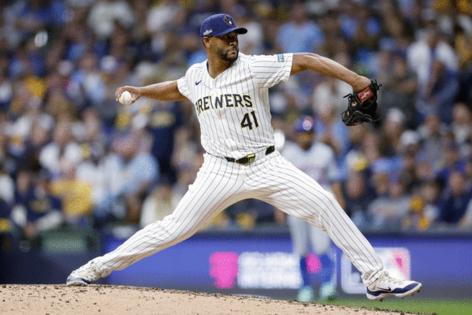
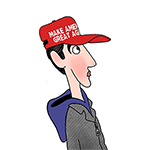
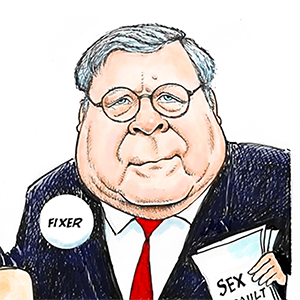
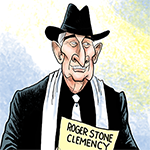

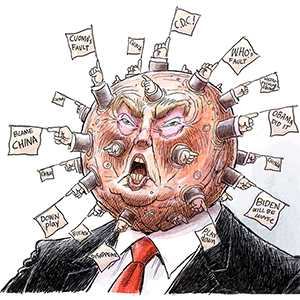
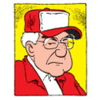
Comments